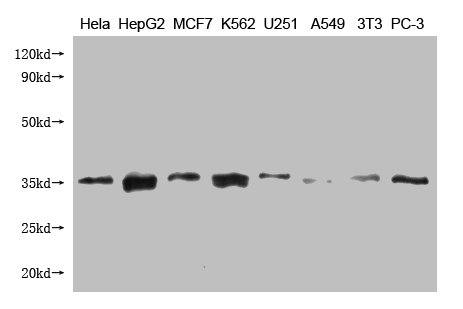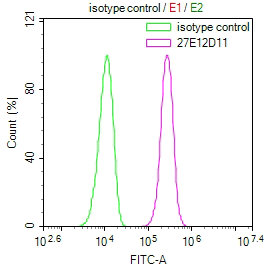Mice were immunized with the recombinant human CYC1 protein (85-325aa), followed by the isolation of B cells from the mouse spleen, the fusion of these B cells with myeloma cells, and the selection of hybridomas that produce CYC1 antibodies. The CYC1 antibody-generating hybridomas were cultured to collect the CYC1 monoclonal antibodies. The CYC1 monoclonal antibody specifically reacts with human and mouse species and is suitable for ELISA, WB, and FC applications. The antibody is purified using protein A affinity chromatography and has a purity of over 95%.
CYC1 plays a crucial role in cellular energy metabolism and cell death regulation. It participates in the transfer of electrons between complexes III and IV of the respiratory chain, which drives the proton gradient across the mitochondrial inner membrane necessary for ATP synthesis. CYC1 also regulates apoptosis, or programmed cell death, by modulating the release of cytochrome c from mitochondria, which triggers the activation of caspases and leads to cell death.





